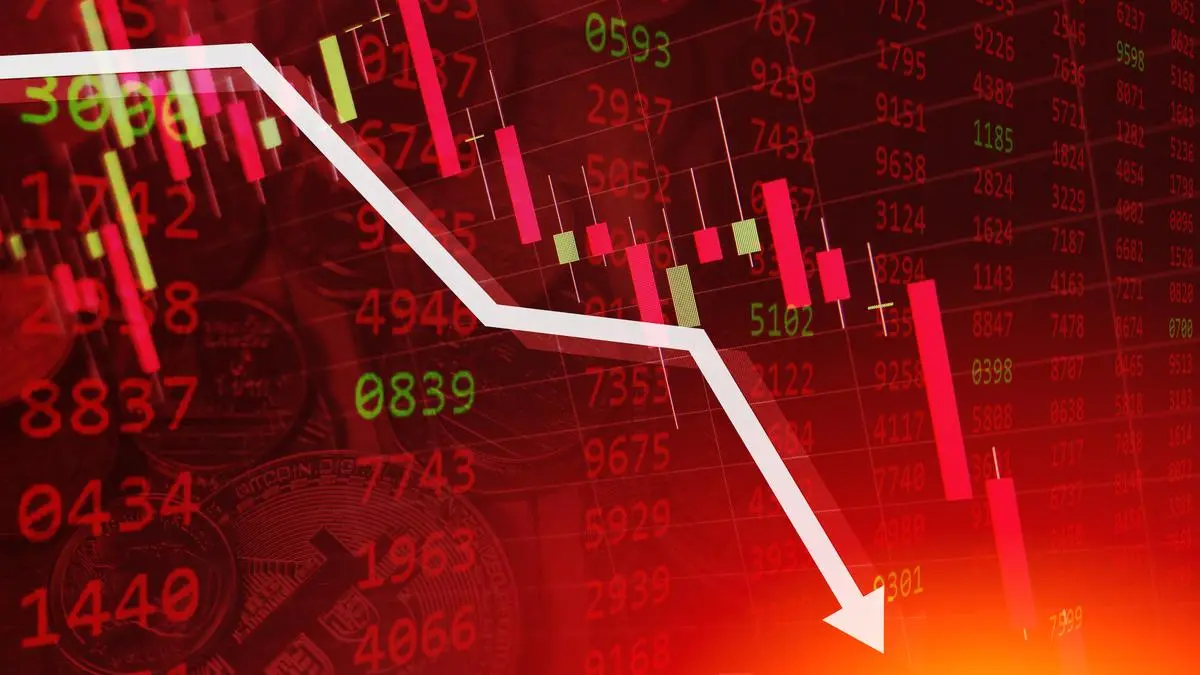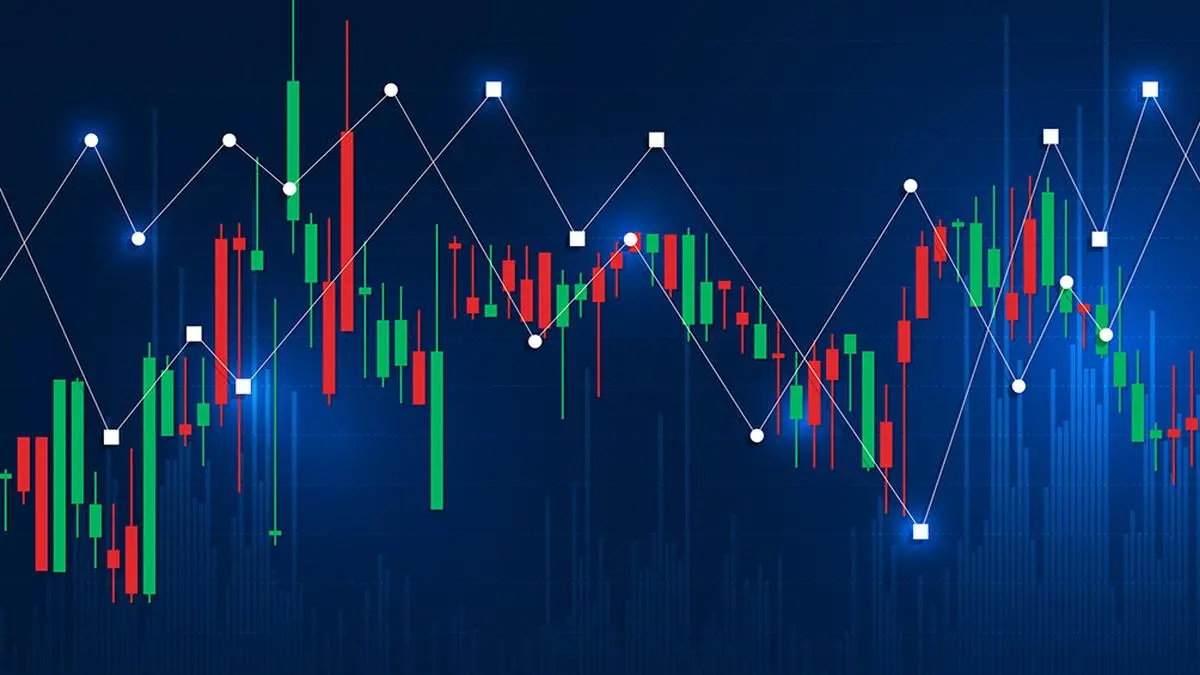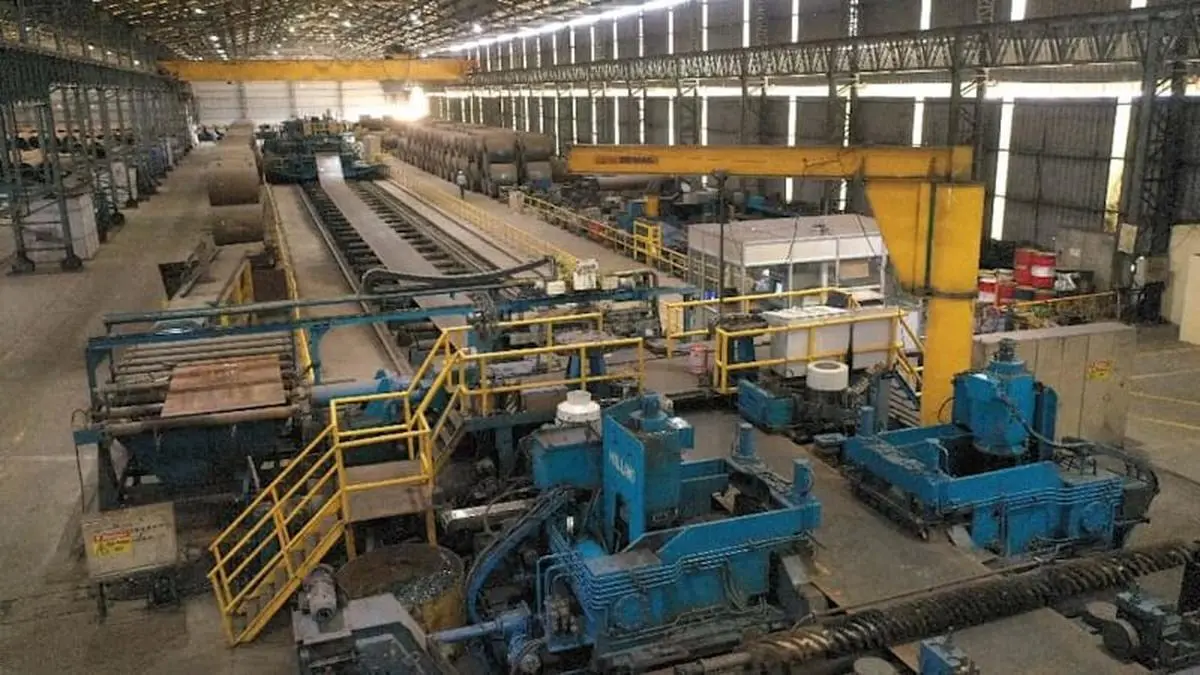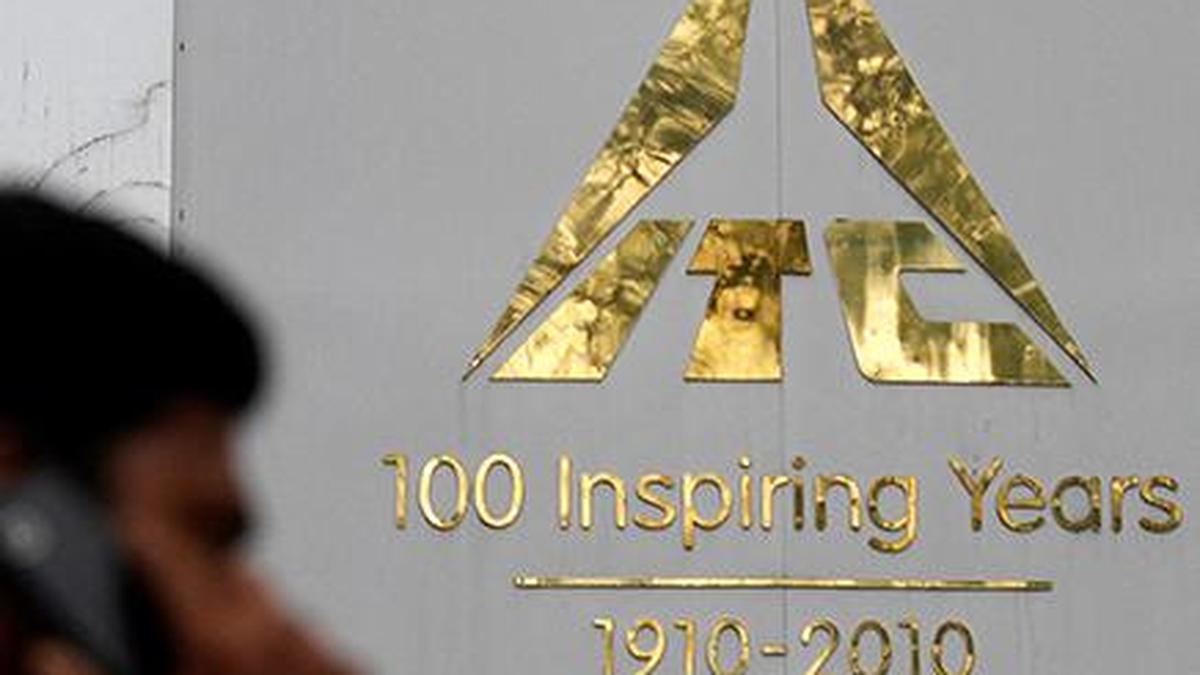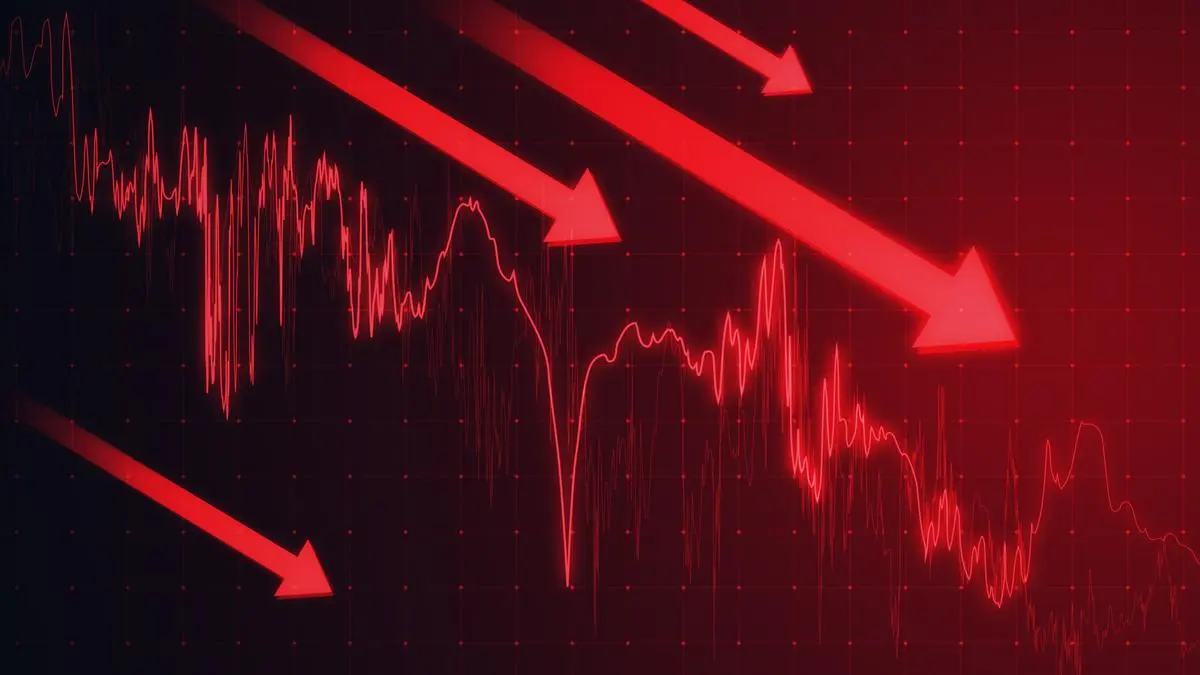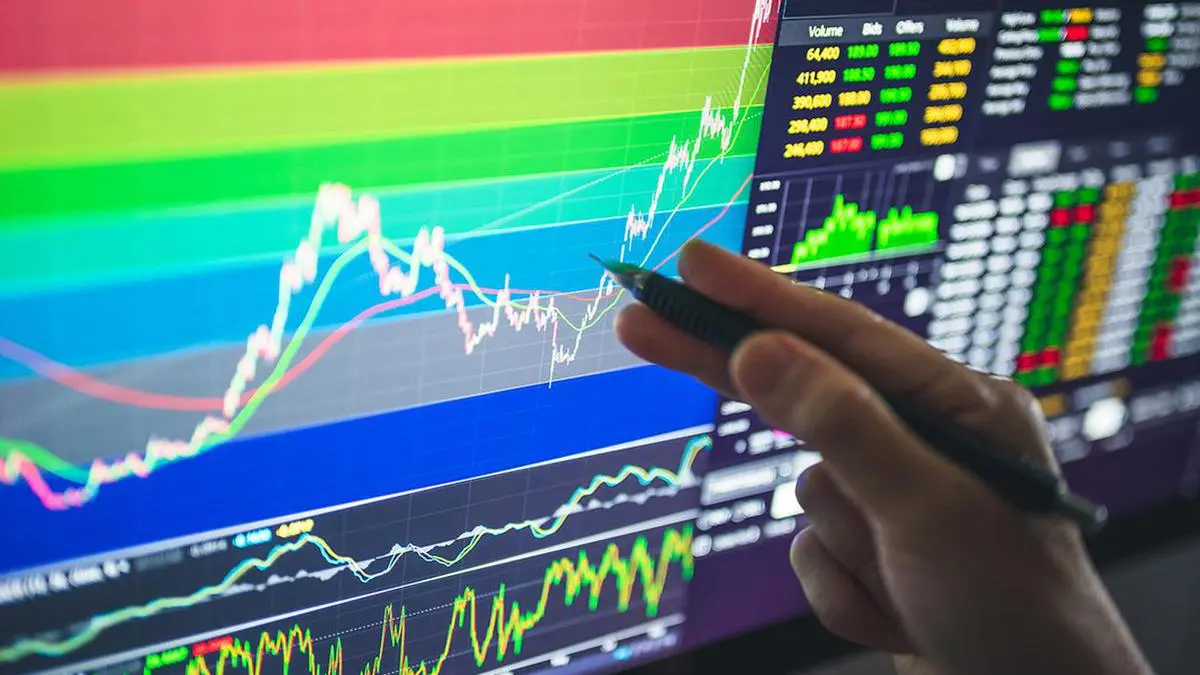FOREX
Rupee falls 29 paise to close at 85.90 against US dollar
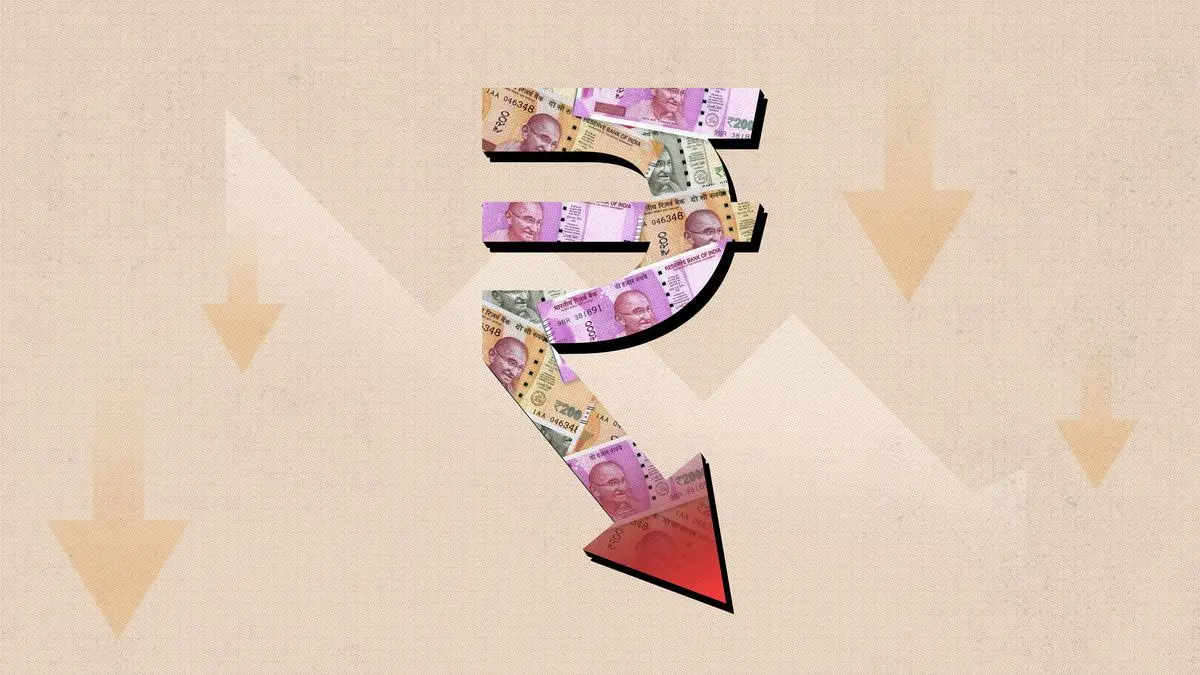
The rupee depreciated for the second consecutive session and settled for the day lower by 29 paise at 85.90 (provisional) against the US dollar on Wednesday, dragged down by risk-averse sentiments and foreign fund outflows.
Forex traders said the local unit remained under pressure on geopolitical tensions between Russia-Ukraine and elevated crude oil prices.
Moreover, investors are also awaiting cues from the Reserve Bank's monetary policy announcements, they said.
The Reserve Bank's rate-setting panel started its three-day brainstorming on monetary policy on Wednesday and the outcome is scheduled to be announced on June 6.
Experts are of the view that the RBI may reduce the repo rate by 25 bps on Friday and another similar cut in the next policy. SBI research expects the central bank to go in for a "jumbo" rate cut of 50 bps in June itself.
At the interbank foreign exchange, the domestic unit opened at 85.69 and moved between the high of 85.69 and a low of 86.05 against the greenback during the day.
The unit closed the session at 85.90 (provisional) against the dollar, registering a loss of 29 paise from its previous close. On Tuesday, the rupee depreciated 22 paise to settle at 85.61 against the US dollar.
The local unit registered the second consecutive session of fall and has lost 51 paise over the greenback.
Meanwhile, the dollar index, which gauges the greenback's strength against a basket of six currencies, was trading lower by 0.12 per cent at 99.11.
Brent crude, the global oil benchmark, rose 0.41 per cent to $65.90 per barrel in futures trade.
In the domestic equity market, the 30-share BSE Sensex surged 260.74 points, or 0.32 per cent, to close at 80,998.25, while the Nifty declined 77.70 points, or 0.32 per cent, to 24,620.20.
Foreign institutional investors (FIIs) sold equities worth ₹2,853.83 crore on a net basis on Tuesday, according to exchange data.
On the domestic macroeconomic front, the Indian services growth broadly steadied in May and was underpinned by healthy demand conditions, new client wins and greater staffing capacity.
The seasonally adjusted HSBC India Services PMI Business Activity Index was at 58.8 in May, marginally up from April's 58.7 and signalled another sharp rate of expansion.
Published on June 4, 2025












